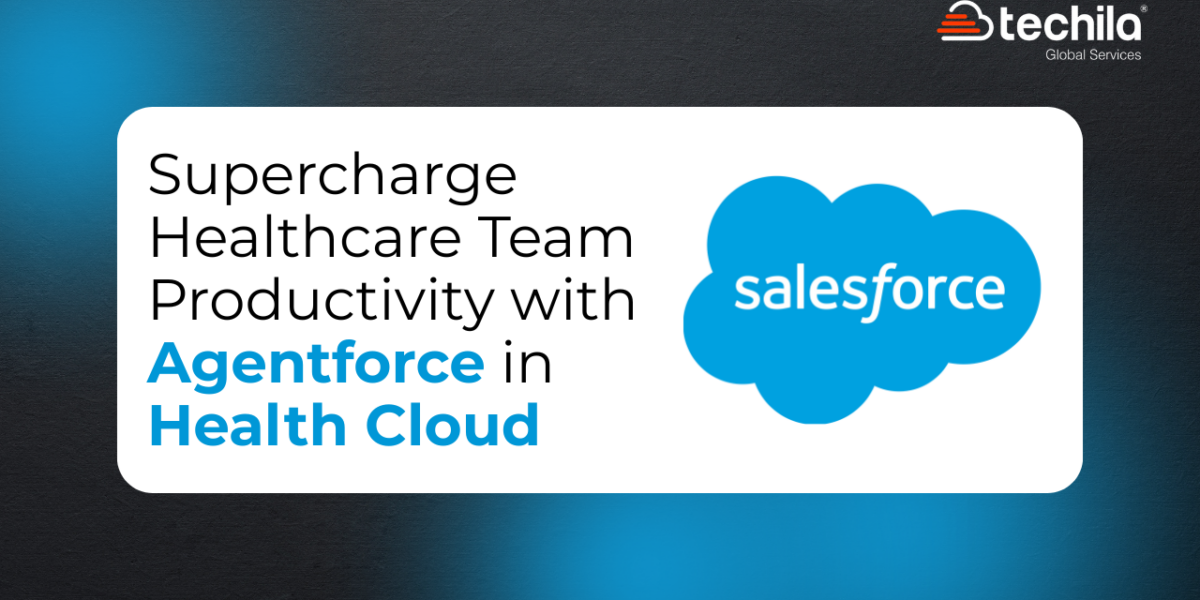Several automated business processes need to get updated and pushing off notifications as well as alerts. Therefore, we should know the difference between the workflow and process builder to work best with these automation strategies. After finding out the difference between process builder and workflow, will go ahead with the interfaces and carry out the actions with the help of specific rules and regulations in salesforce.
The workflow vs process builder gives a good idea about the advanced methods of dealing with the automation business processes and carrying out the actions updating the records.
The process builder vs workflow consists of various types of configuration and dependable conditions for activating the numerous processes. Moreover, the difference between workflow and process builder in Salesforce, allows us to work with different versions and functionalities of automating processes. After getting the overall review of workflow vs process builder, one can decide between the automation solutions in a better way.
Why is process builder important in salesforce?
Salesforce process builder is an efficient technique for automating the business processes such as throwing the email alert task for recording the updates. The process builder also acts as an extension associated with the workflow rules that consist of one or more features for creating the whole sum process in a unified manner and does not take the consideration of a distinct number of workflow rules.
Let us discuss the steps for beginning with the process builder. The first step is to click on the setup to navigate you to the build option. After clicking the build option add follow the new tab of workflow and approvals it is further followed by process builder. Know your next task is to produce a fresh process in which a pop-up gets displayed in front of you which will ask you to you describe yourself along with entering the name so that the next process can start.
The next step is to find the three options with three values such as modifications in the records, the occurrence of the platform event, and the other process that helps to invoke the previous ones. For the beginning of the new process, you have to click on the tab known as add object which would guide you to a page for the selection of the objects and beginning the new options associated with the process. Now you can make the selection of the yes option as one of the advanced options and that will help you in evaluating the records of multiple databases contained in the single transaction.
Correct steps for adding the criteria for evaluating the processes. Again, we have to enter the name of the criteria and make the selection of options for implementing the other options such as to ensure that the conditions are successfully met, the formula in third is true to the values and there are no further criteria for the actions to take place.
Process builder helps perform the following actions-
1. Updating and creation of the new records
2. Pushing the notifications along with the email alerts
3. Submitting the approval for various records
4. The execution of the flow and its launching
5. Calling the apex methods and posting the queries to the chatter
How workflow saves time in salesforce?
We can define Salesforce workflow as the synchronization of all the workflow rules for achieving a particular business target. Workflow rules and guidelines help throw the condition and assess it in sequence. The workflow roles are the set of opportunities that can be one once we have created the draft of the charter effectively. There are two basic components contained inside the standardized workflow rule in Salesforce.
The first component talks about the criteria of the statements that must be true to the particular record so that the workflow rule can further be executed for running the workflow actions. Another component is the actions that are followed by the criteria based on some statements to describe the actions meeting the criteria at the same time. You also need to consider the workflow actions in two categories as time-dependent and. Time-dependent actions are executed at a certain interval of time after throwing the time Trigger.
The immediate actions are executed based on the conditions of the workflow rules after ensuring the conditions are properly matched. Professionals are dealing with the workflow rules within the single step that are followed by the examples of automating the workflows in a single step. These workflow rules help automate the sales and service clouds which are managed by the sales force manager after throwing the prompt notifications concerning the unassigned tasks.
If you take an instance of saving the time by the Salesforce manager while throwing the prompt notifications, the sales force manager tries to quickly assign the undersigned leads as soon as it approaches the system and also takes the approval of the Salesforce representatives. If the manager is successful in executing all the and assigned tasks quickly there are greater chances of converting the leads into successful actions. Another example speaks in favor of increasing customer retention and it is done by following the customer promptly and gaining a huge investment concerning the revenue and monetary aspect from the majority of the loyal customers.
The workflow rules are the business rules that help in improving customer retention by following the activities of the consumer and supporting them with the best of the efforts of the company. The salesforce representatives also ensure that these all actions are taken before 3 months of the expiry date of the contract.
Difference between workflow and trigger in salesforce
| workflow |
trigger |
| The workflows help create the task, updating the field, throwing the email alert, and sending the outbound messages. | Process builder helps perform the following actions-1. Updating and creation of the new records2. Pushing the notifications along with the email alerts3. Submitting the approval for various records4. The execution of the flow and its launching |
| There is no availability of visual designers. | They help bring the visual designer within the processes. |
| These are only helpful in updating some of the selected fields which are associated with the parent record maintaining the master-detail relationship. | These help update the record database bind updating any type of field associated with the record. |
| They deal with multiple conditions separately based on certain criteria. | They have the certain ability for configuring multiple numbers of “if and then” conditions in a single process. |
| The workflow rules get initiated only when there is a change in the record. | It always initiates when there is any type of modification in the record, the occurrence of any type of platform event, or invoking one process by another. |
| The workflow rules are no longer emirate with enhanced features for dealing with these automating processes of submitting the approvals. | This helps create the new record and have a special feature named submit for approval which helps in allowing the records to get approved after submission of the approval. |
Flow and trigger in salesforce
The workflow is similar to the automated processes that work once the action is fired based on the evaluation criteria and the other workflow rules. We talked about the workflow across various types of objects, they are closely related to the modifications based on some conditions and consequences of the records. The trigger is considered as the coding piece that helps in executing itself either after the insertion and deletion of the record or before it.
Triggers are helpful because they can work across various types of objects whereas the workflow rules are only applicable to the processes associated with the updating of the same object that maintains the master-detail relationships. For triggers we required coding and they are dependent on the execution of the actions once they ensure that some action has already occurred or we can also work before some of the actions.
The workflow rules do not require any type of coding and there are always executed after some of the actions have occurred. Once we have thrown the record-triggered floor it works in favor of launching the record once the record is created as well as updated.
We can see the working of the triggered flow running in the background. Some scheduled triggered flows help in launching the actions in a specified time framework depending on the frequency for the particular record inside the batch. The workflow rules are also helpful in creating the templates but do not support the group member objects and we cannot deal with the process of updating the unrelated records.
Takeaways
This digital piece has helped you a lot in finding out the difference between workflow and process builder. From now you can move ahead with the processes of automation of the business requirements and segregate your own choices. You can share your feedback and queries with our Salesforce experts. Hope you have had a wonderful read with the information present above. If you did, don’t forget to subscribe to our newsletter

 +1 561 220 0044
+1 561 220 0044 +61 255 646464
+61 255 646464 +91 909 080
3080
+91 909 080
3080

